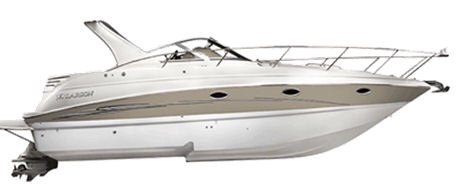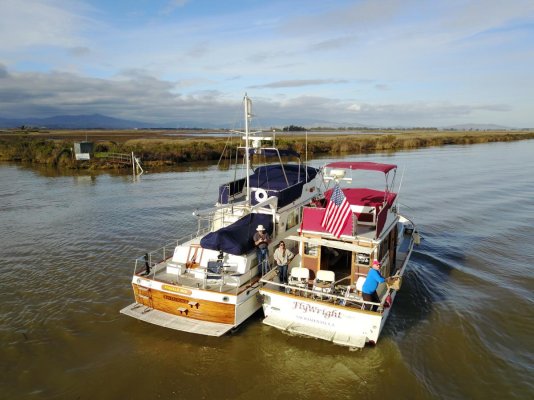Ben
Guru
- Joined
- Dec 10, 2007
- Messages
- 758
- Location
- US
- Vessel Name
- Silver Lining
- Vessel Make
- Heritage East 44 / Twin Perkins T6.3544
The OP didn't specifically state main propulsion, vessel size or cruising parameters. For smaller displacement hull vessels, the Kabota does a very good job. You may know them better as Beta Marine and some of the Westerbeke models. You will also find them as generator engines for Onan and Phasor among others.
As for kabota over Lehman, really doubt you would see them in the same boat model as one or the other. Lehman falls on my second rating as an old design and most being extremely old with many in the high hours category. Certainly places to get parts and have them rebuilt do exist, but given a choice between a 6 cylinder Lehman or a 6 cylinder non turbo B Cummins, IMO, it's not even close. I would also take the 6BT 210 HP Cummins over the Lehman.
Regarding Volvo, I have been "Date Raped" by them and we won't be going out together ever again. They cost me thousands of dollars in lost business revenue in the '90s with injector pump problems on brand new engines. They were too busy pushing new engines out the door to have replacement pumps available for their warranty claims. They made a conscious decision to focus parts on new builds versus taking care of 6 month old engines. While their parts are ridiculously expensive, there USA inventory is meager on less common parts, and their support on legacy engines can be poor, their warranty parts support was inexcusable. Fock them!
Ted
This is what I’m driving now.
I am the OP. Look above posts. I want fuel economy, comfort, and range. Don’t mind 8 knots. I have 28 knots now but the cabin is tight. Isn’t Kabota mostly in sailboats?
I’m looking 80s/90s trawlers that feel homey inside.
Avoiding Volvos. But see many boats (Jefferson 42 for example) with Cummins straight 6s. Have had Lehman before (135 straight 6) and like them. Very curious about Cummins and Perkins.






